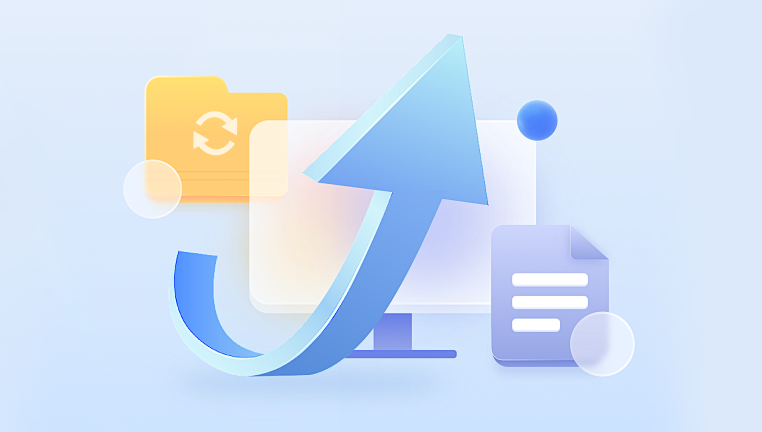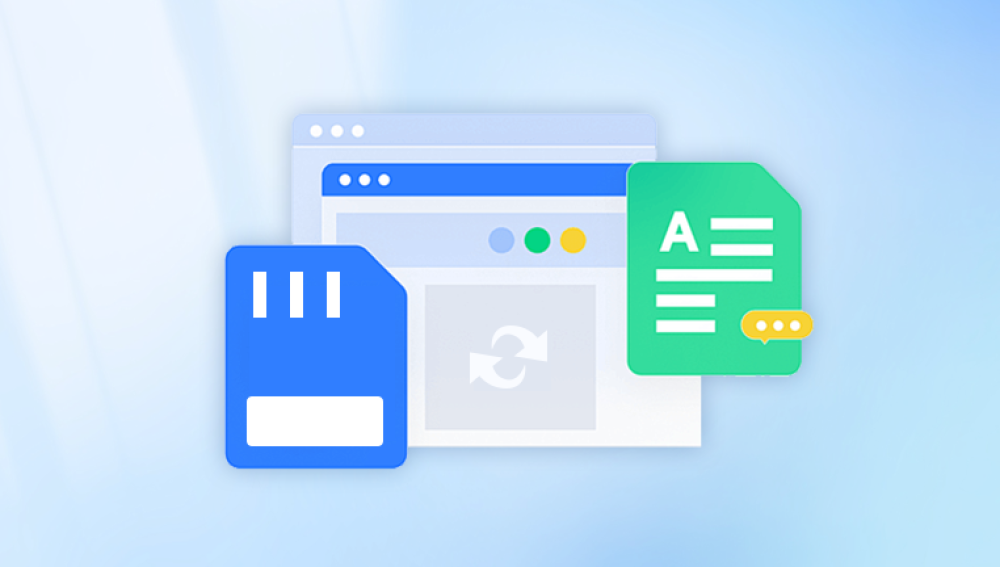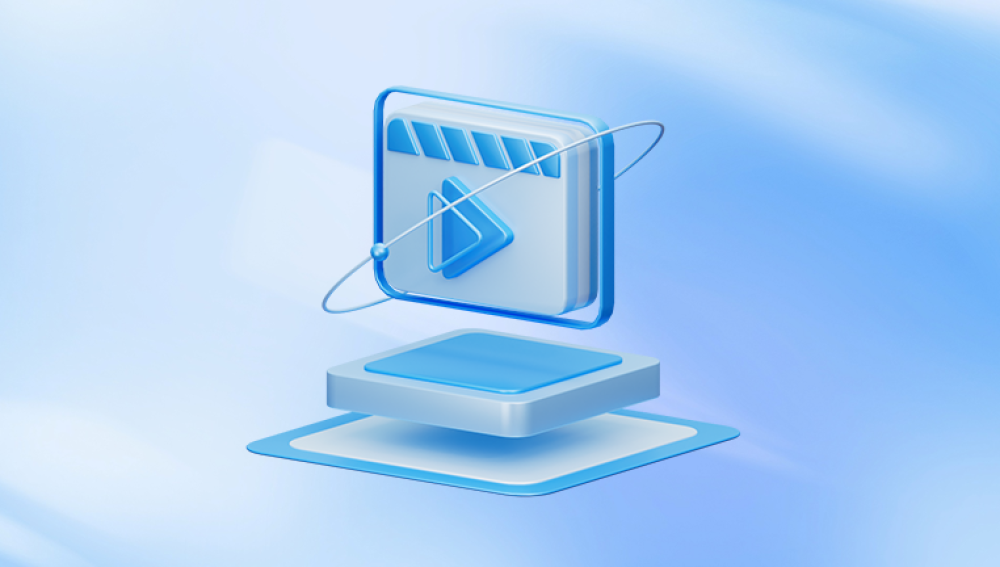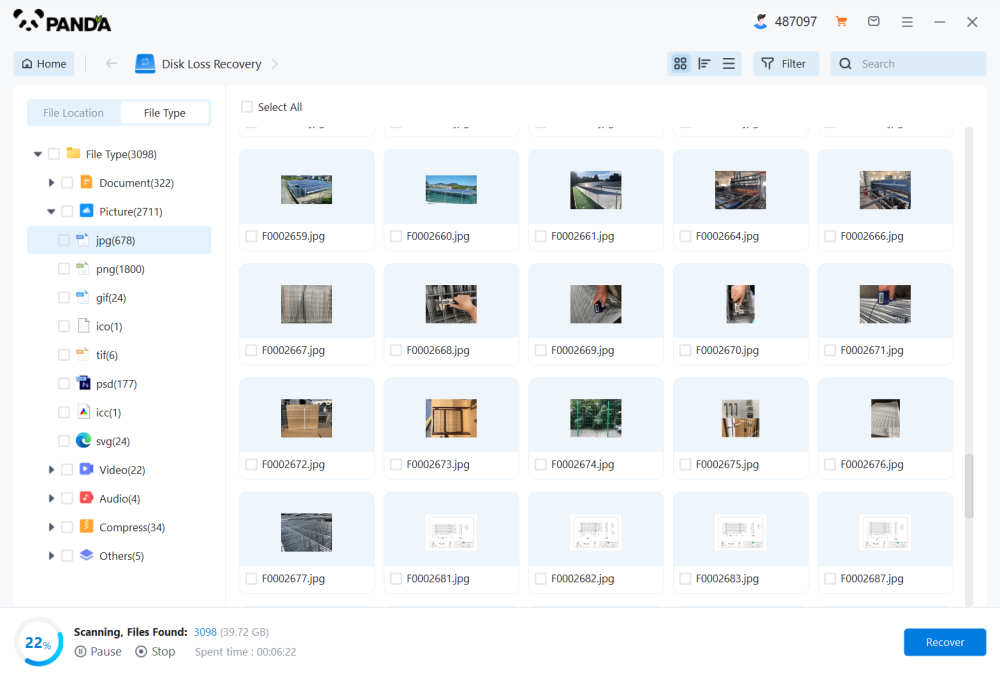Recovering audio files can be crucial, especially if they contain valuable content.
1. Assess the Situation
Before diving into recovery methods, understand the scenario:
Accidental Deletion: Files were deleted but the storage medium isn’t damaged.
Formatting: Storage media was formatted, erasing data.
Corruption: Files or storage media are damaged but still accessible.
Hardware Failure: The storage device is physically damaged.
2. Check the Recycle Bin or Trash
For accidental deletions, the first place to check is the Recycle Bin (Windows) or Trash (Mac). If your files are there, you can easily restore them:
Windows: Open the Recycle Bin, locate the audio files, right-click, and choose “Restore.”
Mac: Open Trash, find your files, right-click, and select “Put Back.”

3. Use File History or Backup
If you’ve been using backup software or system features:
Windows File History: Go to the folder where the audio files were, right-click, and select “Restore previous versions.”
Mac Time Machine: Open Time Machine from the Applications folder, find your files, and restore them.
4. File Recovery Software
If the files aren’t in the Recycle Bin or you don’t have a backup, file recovery software can help. Some popular options include:
a. Drecov Data Recovery
Drecov Data Recovery is a robust software solution designed to recover lost or deleted data from USB drives and other storage devices. With its user-friendly interface, it caters to both beginners and experienced users. The software offers two primary scanning modes: Quick Scan for recently deleted files and Deep Scan for thorough recovery of lost data, even from damaged drives.
Key features include support for various file types documents, images, videos, and audio files making it versatile for different recovery needs. Users can preview recoverable files before restoring them, ensuring they retrieve the correct data. Drecov Data Recovery is compatible with multiple file systems, including FAT and NTFS, enhancing its usability across different devices.
Additionally, the software provides options for file filtering, allowing users to search for specific types of data quickly. With regular updates and customer support, Drecov Data Recovery aims to deliver a reliable and secure recovery experience. Whether recovering from accidental deletions, formatting errors, or corrupted drives, Drecov Data Recovery stands out as an effective tool for restoring your valuable files.
b. Disk Drill
Platform: Windows, Mac
Features: Supports many file types, advanced scanning options.
Usage: Download and install Disk Drill, select the drive, scan for lost files, and recover them.
c. EaseUS Data Recovery Wizard
Platform: Windows, Mac
Features: User-friendly interface, supports a wide range of file formats.
Usage: Install EaseUS, select the drive or location to scan, preview files, and recover them.
5. Recover from Audio Editing Software
If the audio files were created or edited using software like Audacity, Adobe Audition, or GarageBand, check the software’s recovery or backup features. Many audio editing programs have autosave or recovery options that might have saved a version of your files.
6. Check Cloud Storage
If you use cloud storage services like Google Drive, Dropbox, or OneDrive, your files might be backed up there:
Google Drive: Check the Trash folder within Google Drive.
Dropbox: Visit the Dropbox website, go to “Deleted files,” and restore your files.
OneDrive: Go to the OneDrive website, check the Recycle Bin.
7. Prevent Future Loss
To avoid future data loss, consider these practices:
Regular Backups: Use cloud storage or external drives to back up important files regularly.
Data Recovery Software: Keep reliable recovery software on hand for quick access.
Health Monitoring: Regularly check the health of your storage devices using diagnostic tools.
8. Special Cases
a. Recovering from Corrupted Files
If your audio files are corrupted, try using repair tools:
Stellar Phoenix Audio Video Repair: Repairs corrupted audio and video files.
VLC Media Player: Can repair some audio and video file issues.
b. Recovering from Formatted Drives
After formatting, data recovery can be challenging but possible with specialized software:
TestDisk: Open-source software that can recover lost partitions and make non-booting disks bootable again.
PhotoRec: Companion tool to TestDisk, focused on recovering lost files from various file systems.




